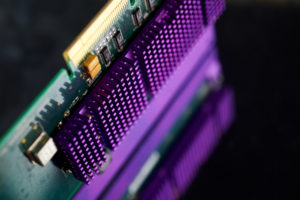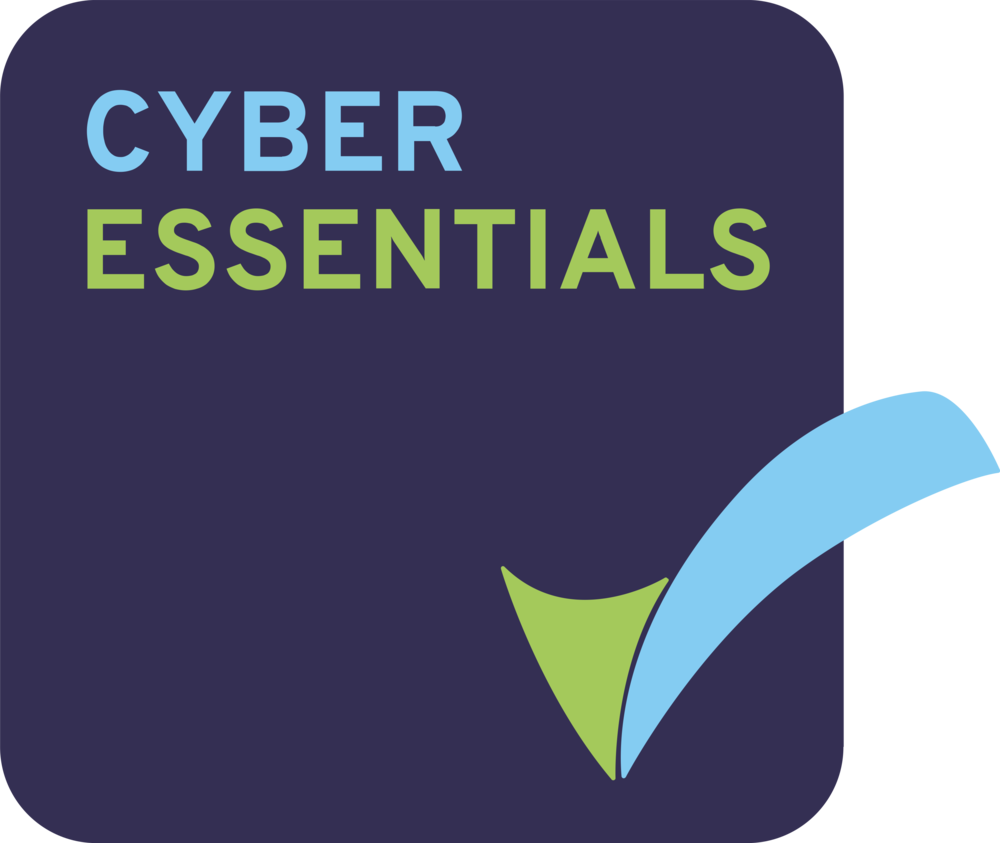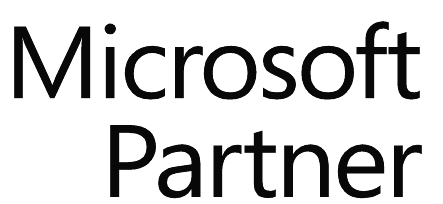Series 6 – Cognitive Automation
Welcome to Part 6 of the Business Systems blog series – ‘An Insider’s Guide to Robotic Process Automation’.
In this series:
- Cognitive Automation
- AI-Based Automated Customer Engagement
- AI & Process Automation
- Exception Handling
- It’s a wrap
Cognitive Automation
Series 2 talked about two different types of automation:
Unattended: automates an entire routine process with no human intervention needed
Attended: used for complex scenarios where parts of the process are handled by the robot and other parts that require human decision-making are left to the employee.
Let’s add another – Cognitive automation. According to Deloitte, cognitive automation is a subset of artificial intelligence technologies that mimic human behaviour: “RPA together with cognitive technologies such as speech recognition and natural language processing automate perceptual and judgment-based tasks once reserved for humans.”
In short – Cognitive Automation is process automation enhanced by Artificial intelligence (AI).
AI-Based Automated Customer Engagement
So how does AI play its part in customer engagement? AI based automated customer engagement are tools that interact with customers and are informed by AI.
Here are some examples you will have come across:
Virtual Agent: lifelike customer service interactions between a customer and an information system
Visual IVR: easy to navigate visual menus on the customer’s smartphones or computers
Chat bots: lets the customer feel like they are instant messaging with a human rep, but in reality are dealing with a robot
Automated mails: AI-based automations can be triggered by ‘events’ that suggest it’s time to send an email
Dynamic Interactive voice response: adjusts the IVR logic system for repeat callers in a way that anticipates where they will need to go in terms of ‘press 1’ or ‘press 3’ options
Thought:
Some Cognitive automation can work hand in hand with these tools such as chat bots, voice bots, and virtual agents for a more personalised, efficient and automated customer engagement.
AI and Process Automation
Artificial Intelligence working alongside Robotic Process Automation brings many benefits in different ways. Let’s take a look at a couple:
Decision Making: Artificial Intelligence enables predictive analytics specifically for decision making. This means the automation is able to make ‘human-like’ judgement calls.
Data: Artificial Intelligence can transform data from unstructured (such as documents and emails) into structured context which can then be used by the bot in an automation flow.
Continuous Improvement: Artificial Intelligence is constantly learning. The automation process is continually expanding capabilities, learning and improving processes.
Thought:
Artificial Intelligence is constantly evolving. On the artificial intelligence horizon, cognitive decision making will soon make an appearance. Cognitive decision making uses AI to automate processes which require decision-making skills.
Exception Handling
As we know, Robotic Process Automation takes rules-based processes and creates ways for the machine rather than the human employee to do work. However, RPA does come across it’s exceptions during processes.
Here are some of the ‘bumps in the road’ and business exceptions that an automation process may come across:
- missing information (email address or address)
- issues with data integrity or consistency
- invalid information (faulty email address or wrong formatted date)
And here are some of the Technical exceptions:
- ‘old’ screens that are left open and should have been closed
- Connectivity failures with application updates
- Slow response times on the network or internet
With attended automaton, exception handling is common, and is an issue which can be smoothed out. This is where Cognitive Automation comes in, where through machine learning it picks up the different ways to handle exceptions, without the need for human intervention.
Robotic Process Automation becomes more streamlined and powerful within your organisation as the technology learns new skills in handling situations that don’t conform to the standard rules. With technologies such as text analytics and natural language processing, a robot can understand free text and even gain an understanding of intent and sentiment of the individual who created the free text.
Cognitive Automation also powers up different departments. E.g. in the accounts department, it will be able to utilise the existing invoice system and use machine learning capabilities to complete the stacks of invoices which used to be a labour intensive manual process. Exceptions to the process will be smoothed out the longer the robot becomes more familiar with the process.
Dynamic Interactive voice response: adjusts the IVR logic system for repeat callers in a way that anticipates where they will need to go in terms of ‘press 1’ or ‘press 3’ options
Thought:
In today’s world, more interactions happening via free text forms, emails, text messages etc. are plentiful. The ability of Robotic Process Automation to now identify and extract the relevant information out of free text and turn it into structured data is a key component of the technology.
It’s a wrap
RPA helps you better achieve your organisations goals with automation. Adding AI and cognitive automation allows for advanced automation opportunities, expanding the boundaries across dynamic decision-driven processes, learning from exception handling and growing into an independent process not limited by exception handling, but rather getting stronger and stronger through powerful machine learning.
Keep tuned for series 7, our final part of the in the Insider’s Guide to Robotic Process Automation – ’10 things to know about Robotic Process Automation’.






